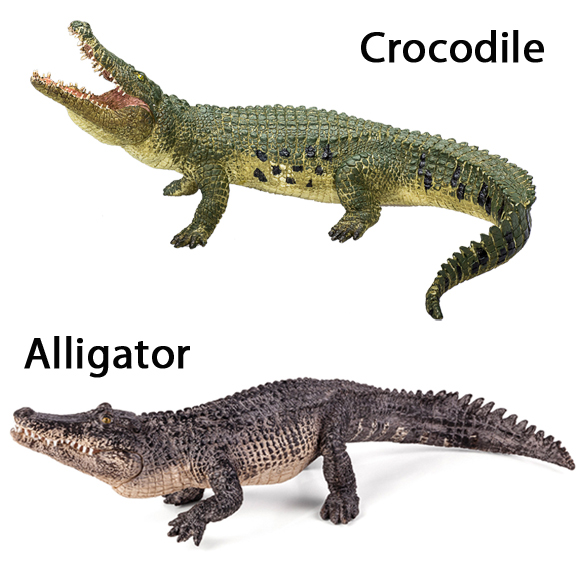Mexican Crocodile Species Faces Loss of Protection
A number of species of crocodile are listed under international treaties with regards to their conservation status. Although these animals are remarkably hardy, many species have suffered due to loss of habitat and as a result of hunting for their valuable skins. The Mexican crocodile (Crocodylus moreletii), otherwise known as the Central American crocodile or Morelet’s crocodile, after the French naturalist who first recognised this animal as a distinct species, is one such crocodile that has been persecuted over the years.
Crocodile
A native to freshwater habitats of Mexico, Belize and Guatemala, this particular crocodile, which can grow to lengths of 4 metres or more, is closely related to the Cuban and the American crocodiles. It has a broad snout and a row of dark bands that run down its flanks, making its skin highly prized. It is very similar in appearance to the now extremely rare Cuban crocodile. Although, attacks by this creature are very infrequent, it is still regarded as highly dangerous and a potential man-eater.
According to a statement from the United States Fish and Wildlife Service, the Mexican crocodile has made sufficient recovery to be removed from the Endangered Species List. The crocodile would remain endangered under the Convention on International Trade in Endangered Species of Wild Fauna and Flora, to which the United States is a signatory.
The Difference Between a Crocodile and an Alligator
The models shown above come from the Mojo Fun model range, to view these figures (whilst stocks last): Mojo Fun Prehistoric and Extinct Models.
This crocodile species, which was listed as endangered under the Endangered Species Conservation Act in 1972, is endemic to fresh water habitats along the Gulf of Mexico, from southern Mexico to Guatemala, although exact numbers of individuals is difficult to quantify. At the time of its listing, the crocodile was endangered by habitat destruction and exploitation through the commercial trade in crocodile skin.
Because the species is not endemic to the United States, its protection under the Act was limited to a ban in the import or export of live animals, the skin from the carcase, or products made from crocodile’s skin. In 2005, the government of Mexico petitioned the U.S. Fish and Wildlife Service to delist the Morelet’s crocodile, arguing that conservation efforts, including farming operations to produce skins for luxury products, made bans on trade unnecessary for the species to survive in the wild. The U.S. Fish and Wildlife Service is asking for public comment on its proposal to remove the Morelet’s crocodile from the list of endangered species.
Under the international convention for the protection of species, Morelet’s crocodile currently has the status of being “conservation dependent”.







Leave A Comment